Among Dayton’s major industrial powers of the late 19th and early 20th century, there are many interconnections. Delco, for one, has strong ties to NCR due to its formation by Edward Deeds and Charles Kettering who tinkered in their spare time while working at the cash register giant.
Delco later would become part of General Motors, as did another important Dayton industrial innovator: Frigidaire, which was originally founded in Fort Wayne, Indiana and was owned by GM from 1919 to 1979.
Frigidaire revolutionized home refrigerators and made a wide variety of other appliances. It “differed from other contemporary models because it was self-contained with the compressor located in the bottom of the cabinet.” W.C. Durant, president of General Motors, also “applied the mass production techniques of the automobile industry to the building of refrigerators.” The company became “so well known in the refrigeration field in the early-to-mid-1900s, that many Americans called any refrigerator a Frigidaire regardless of brand.”
Originally a subsidiary of Delco-Light, Frigidaire moved to Dayton in 1921 and was initially located downtown at 300 Taylor Street. Soon, refrigerator sales greatly exceeded those of the Delco-Light units, which was an electric light system marketed to farms and rural areas, and Frigidaire became an independent division in 1926.
Soon after, a huge new manufacturing facility was built in Moraine south of Dayton. It wasn’t completely built from scratch as it was an expansion and rebuild of older factory of the Dayton-Wright Company which manufactured aircraft and was also owned by Delco and then GM. This would prove to be one of the most significant manufacturing sites in the region continuing to the present day.
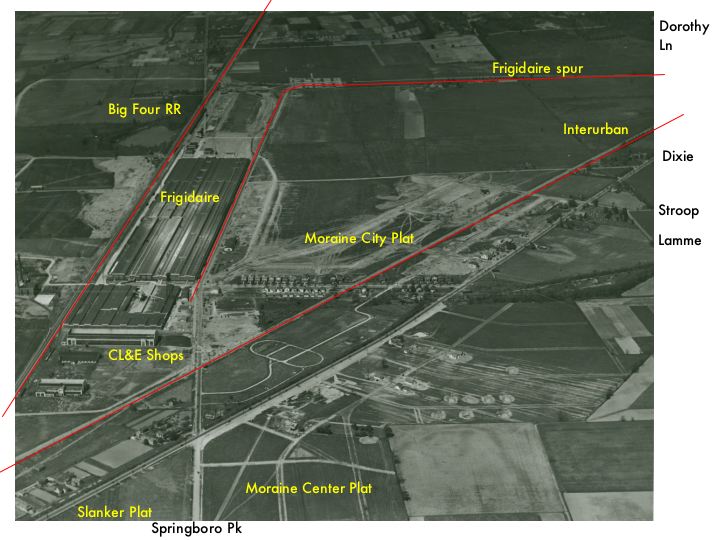

Source: Urban Ohio
In the 1930s, Frigidaire developed the first electric dehumidifier, a line of electric ranges, the (now-banned) Freon refrigerant and the sealed Meter-Miser compressor.
To support the World War II effort, Frigidaire stopped all civilian production and manufactured “363,000 .50 Caliber Browning M2 Aircraft Machine Guns, 1,000,000 spare .50 Caliber Machine Gun Barrels … 21,263 three blade Hamilton Standard propellers for the C-47, B-17, B-24, PB4Y and C-87, and 54,737 four blade propellers for the B-29 and P-47.” Company engineers also “made over 500 design and manufacturing changes to reduce the cost of the machine gun to 25% of the original cost, using mass manufacturing techniques.”
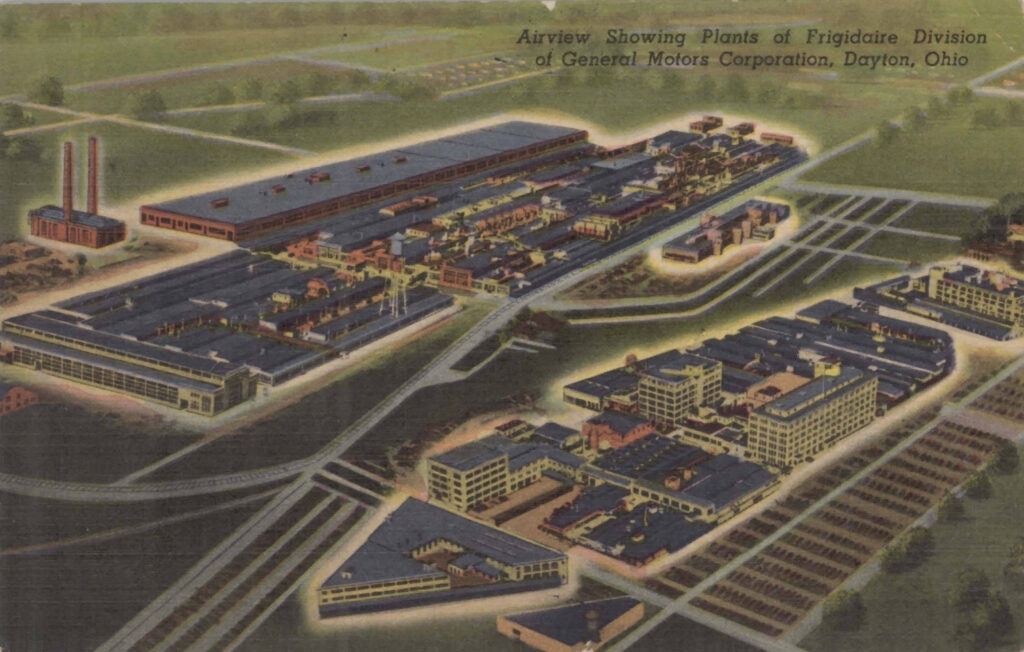
In 1965 the company celebrated its 50th anniversary by producing its 50 millionth product. But the following decade would bring economic challenges which led to several thousand workers being laid off and GM considering moving the company.
In 1979, GM sold Frigidaire to White Consolidated Industries of Cleveland, but it kept the immense, sprawling Moraine factory complex for automobile operations, initially manufacturing Chevy S-10 pickup trucks. Other vehicles made at the plant included the Oldsmobile Bravada, Chevy TrailBlazer, Buick Rainier, and the GMC Envoy.
The plant made national news when it closed permanently in 2008 and left 2,400 workers jobless. In 2015, Fuyao Glass America began producing automobile glass at the former GM plant and steadily grew to over 2,000 workers itself.
The plant is the subject of two popular documentaries by local directors Julia Reichert and Steve Bognar: The Last Truck: Closing of a GM Plant (2009), which was nominated for an Academy Award, and Netflix’s American Factory (2019) about Fuyao which was the first film distributed by Barack and Michelle Obama’s production company.
The entire complex used by Frigidaire and GM was massive and included multiple plants with many individual buildings, many of which have since been demolished (particularly to the west of Springboro Pike). Some of the cleared area was later used for Chevy truck staging in addition to parking lots.
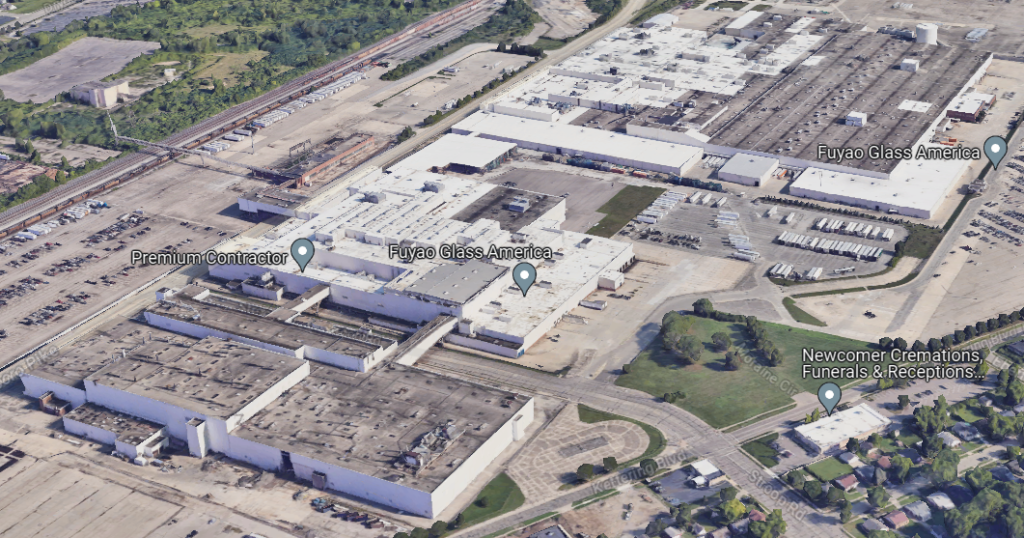
As for the downtown Frigidaire plant, it made washers, dryers, and dishwashers from the 1940s through the 1970s and also closed when GM sold Frigidaire. It was briefly turned into a GM auto parts plant and as a warehouse but was then abandoned, caught fire in 2005 and was then demolished.

Frigidaire’s former downtown plant being demolished Image source: Flickr
Today the site has been turned into the Tech Town business park, a development which required a massive environmental remediation and site preparation project which involved $25 million in government funds, $9 million in private investment, and $6 million in loans.
The following before and after pics show the transformation of the area.
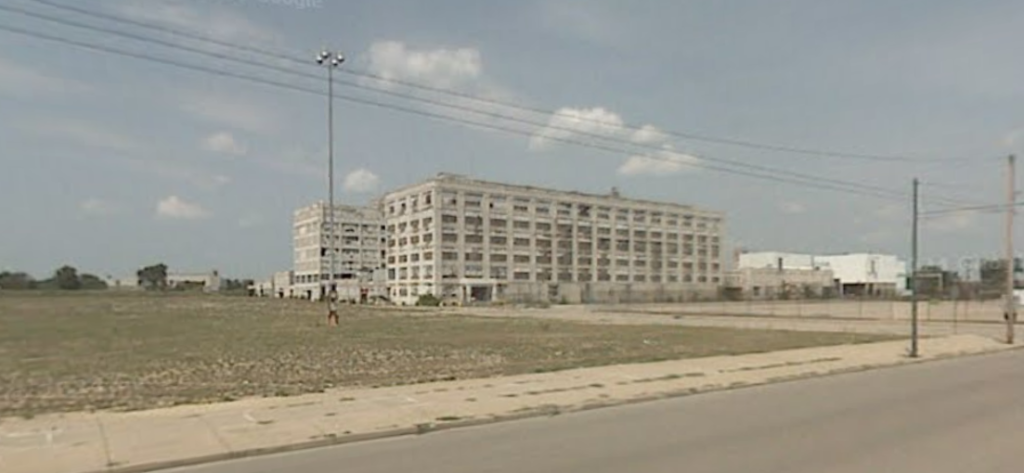
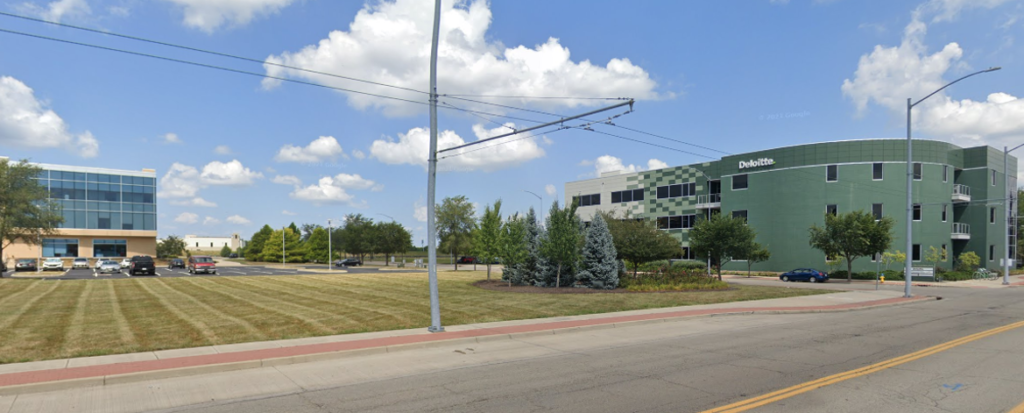
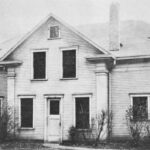

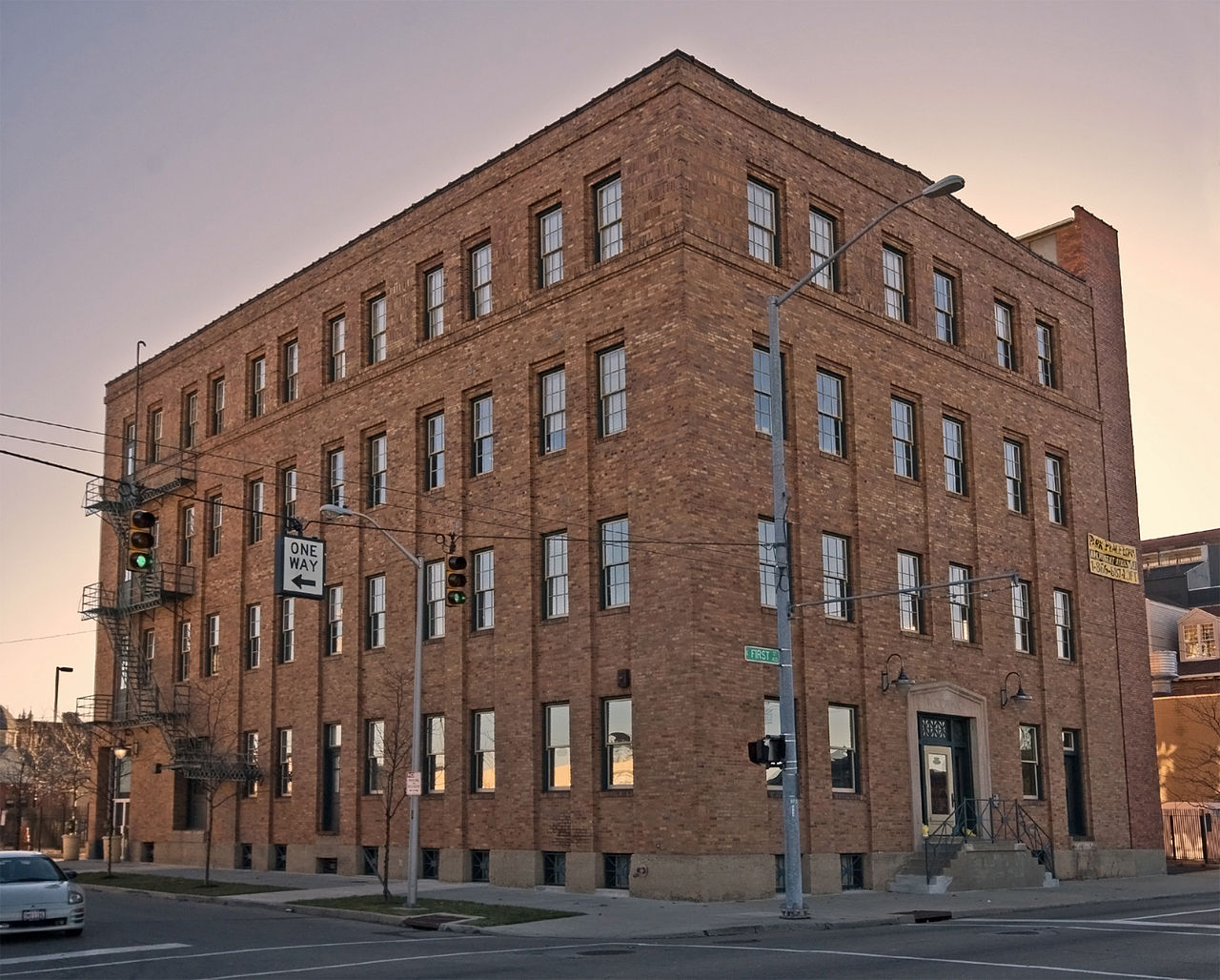
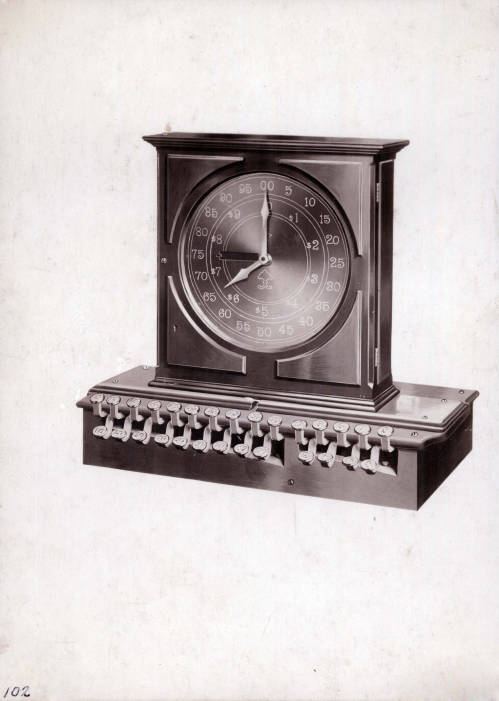
We still have a Frigidaire Stove and Oven that was original (1960) in our Kettering home. We are 2nd owners of home, and impressed to report that both still work fine. The quality workmanship is even more appreciated since we are told replacement stove will only last 8-10 years!
the Millers
GM was always ahead of it’s time. They were innovative and were always one step ahead of the competition. They are still the best.